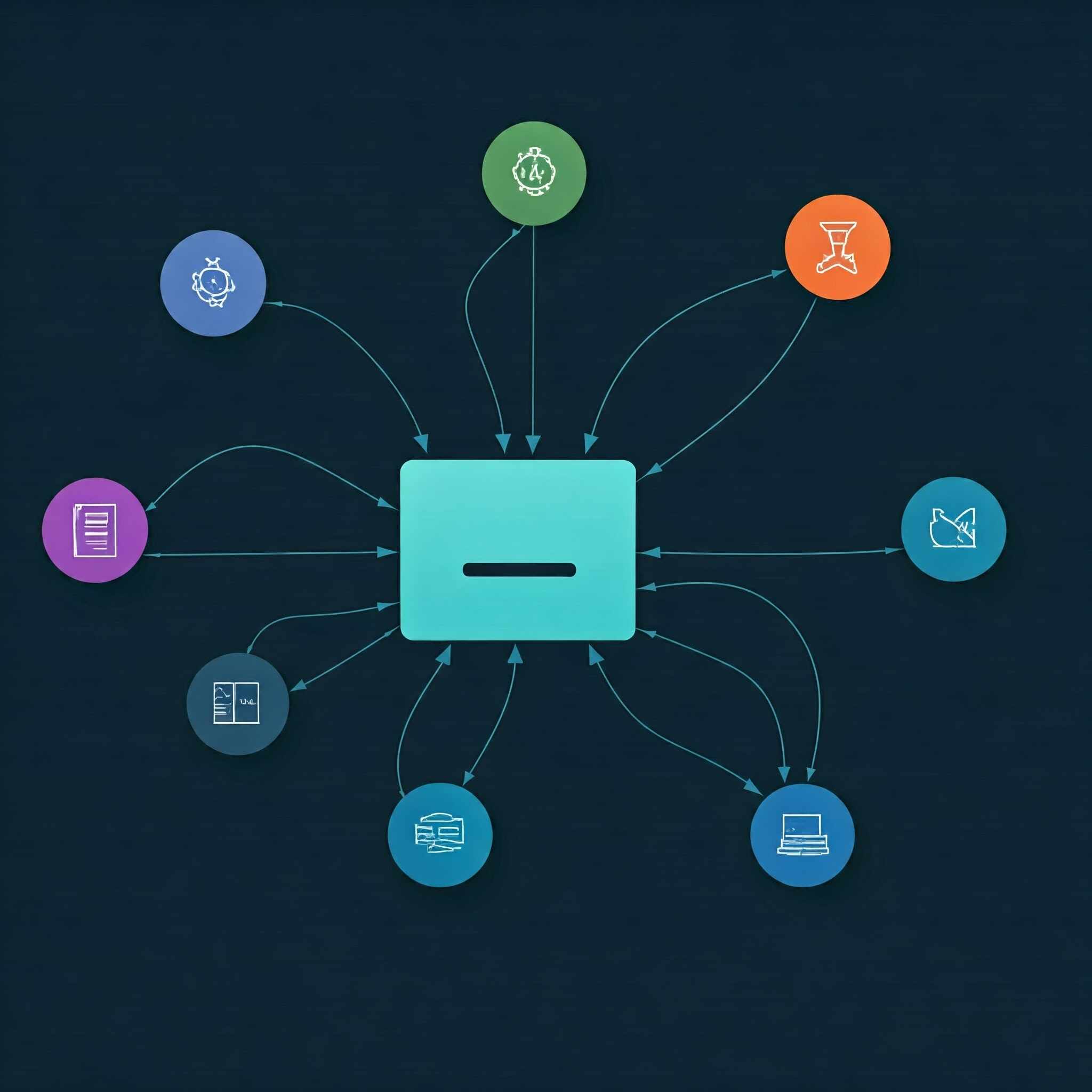Headless CMS Rise: Choosing the Best for Your Frontend Stack
Shubham Prakash

Introduction
In the ever-evolving landscape of web development, the demand for more flexible and scalable content management solutions has given rise to the concept of Headless CMS. Unlike traditional CMSs that couple content management with presentation layers, headless CMSs offer a decoupled approach, enabling developers to deliver content across multiple platforms and devices seamlessly.
In this blog, we’ll explore what a headless CMS is, its key benefits, and how to choose the right one for your frontend stack. We’ll also take a closer look at some of the most popular headless CMS options in 2024, such as Contentful, Sanity, Strapi, and Directus.
1. What is a Headless CMS?
A Headless CMS is a content management system that provides content via an API (usually RESTful or GraphQL) and does not dictate how the content should be presented to the end-user. This approach separates the backend (content management) from the frontend (presentation), giving developers more flexibility in designing and delivering content across various channels, including websites, mobile apps, IoT devices, and more.
Key Features of a Headless CMS:
- API-First Architecture: Content is accessible via APIs, allowing it to be consumed by any frontend technology.
- Omnichannel Content Delivery: Content can be reused and delivered across multiple platforms and devices.
- Flexibility and Customization: Offers greater flexibility in frontend development since you are not restricted by the limitations of a traditional CMS template system.
- Scalability: Easily scales to handle increased traffic and content demands without impacting the frontend performance.
2. Why Choose a Headless CMS?
a) Enhanced Flexibility and Control
A headless CMS allows developers to use their preferred frontend frameworks and tools, such as React, Vue, or Angular, to build highly customized and performant applications. The decoupled architecture ensures that you are not constrained by the limitations of a traditional CMS, providing more freedom to design and optimize the frontend as needed.
b) Improved Performance and Scalability
With a headless CMS, the content is delivered via APIs, which can be optimized and cached to reduce load times. The separation of content management from content delivery allows for better scaling options, as you can independently scale the backend and frontend based on demand.
c) Seamless Omnichannel Delivery
A headless CMS makes it easier to deliver consistent content experiences across various channels, such as websites, mobile apps, voice assistants, digital signage, and more. This is particularly valuable in an era where users interact with brands across multiple touchpoints.
d) Faster Time to Market
By decoupling the frontend and backend, development teams can work in parallel, reducing development time and speeding up the launch of new features or updates. Headless CMSs also often come with built-in workflows, content versioning, and collaborative tools that streamline content creation and management.
3. How to Choose the Right Headless CMS for Your Frontend Stack?
When choosing a headless CMS for your frontend stack, there are several factors to consider:
a) API and Integration Capabilities
Ensure the CMS provides robust APIs (RESTful or GraphQL) that are easy to work with and integrate seamlessly with your existing tools and services. Check for available SDKs and libraries for popular frontend frameworks like React, Vue, and Angular.
b) Content Modeling and Flexibility
Look for a CMS that offers flexible content modeling capabilities, allowing you to create custom content types and fields that match your specific needs. It should also support dynamic content relationships, localization, and multi-language support.
c) Developer Experience and Tooling
Choose a CMS that offers a great developer experience, with features like a user-friendly dashboard, intuitive content editor, built-in workflows, and support for modern development practices such as version control, CI/CD pipelines, and automated testing.
d) Performance and Scalability
Evaluate the performance and scalability of the CMS by checking how it handles content delivery, caching, and traffic spikes. Some headless CMSs provide built-in CDN support, while others may require third-party solutions.
e) Security and Compliance
Ensure the CMS meets your security and compliance requirements, including data encryption, access controls, user authentication, and adherence to standards like GDPR and CCPA.
f) Pricing and Licensing
Consider your budget and the CMS's pricing model. Some headless CMSs are open source and free, while others operate on a subscription or usage-based model. Make sure the chosen CMS aligns with your budget and expected usage.
4. Top Headless CMS Options in 2024
a) Contentful
Contentful is one of the most popular headless CMSs, known for its powerful API-first architecture and excellent developer experience. It offers a flexible content model, multiple environment support, and robust integrations with other tools. Contentful is ideal for large-scale enterprise projects that require scalability and reliability.
b) Sanity
Sanity offers a real-time collaboration platform with an innovative content studio that is highly customizable. It provides flexible content models, rich text editors, and support for custom input components. Sanity's real-time editing capabilities make it a great choice for teams that require frequent updates and collaboration.
c) Strapi
Strapi is an open-source headless CMS that is highly customizable and extensible. It supports both RESTful and GraphQL APIs and allows developers to define custom content types, permissions, and roles. Strapi is a good choice for teams looking for a free, self-hosted solution with a strong community and plugin ecosystem.
d) Directus
Directus is another open-source headless CMS that provides a dynamic API layer over any SQL database. It offers a highly customizable admin panel, support for complex data relationships, and robust access controls. Directus is well-suited for projects that require direct database management and flexibility.
5. Conclusion
The rise of headless CMSs has transformed the way content is managed and delivered across multiple platforms and devices. By choosing the right headless CMS, you can enhance flexibility, improve performance, and deliver seamless content experiences to your users.
When selecting a headless CMS, consider factors like API capabilities, content modeling flexibility, developer experience, performance, security, and pricing. With options like Contentful, Sanity, Strapi, and Directus, there is a headless CMS solution for every need and budget.



